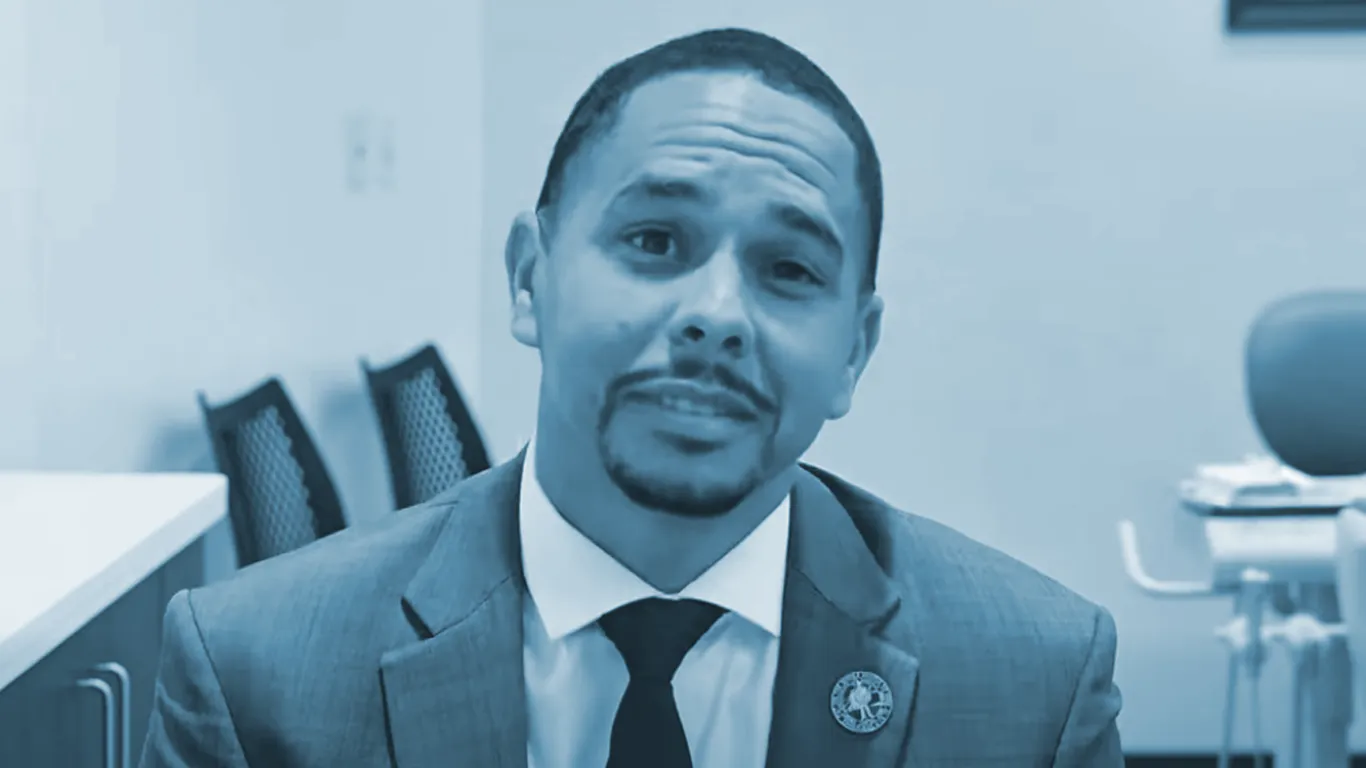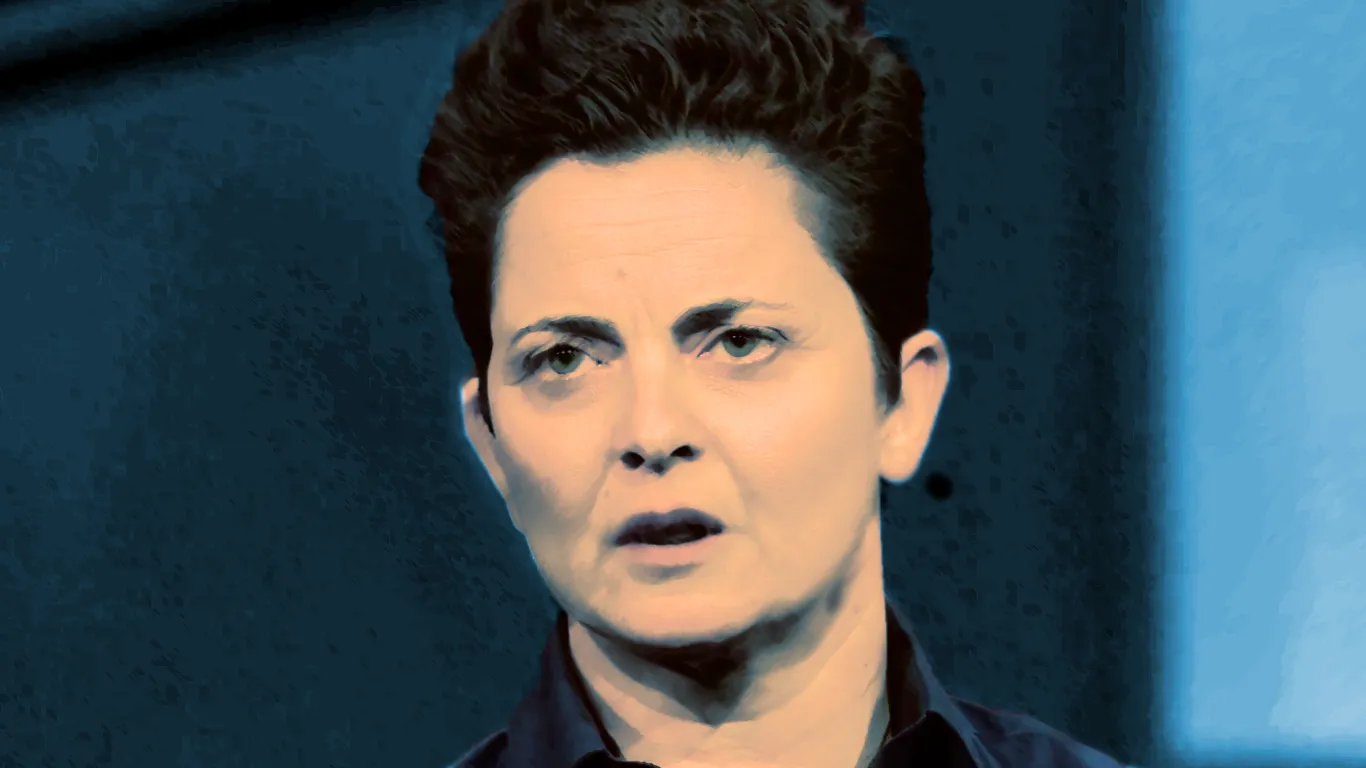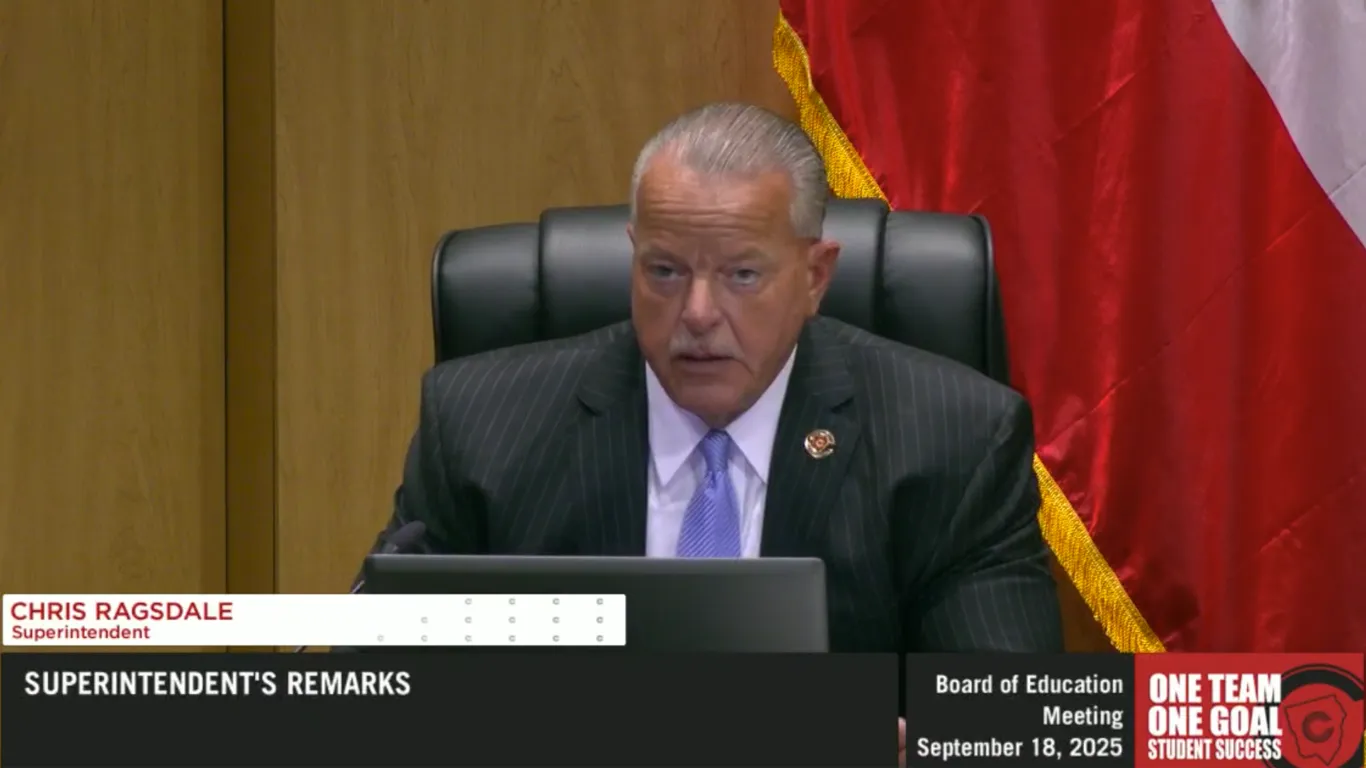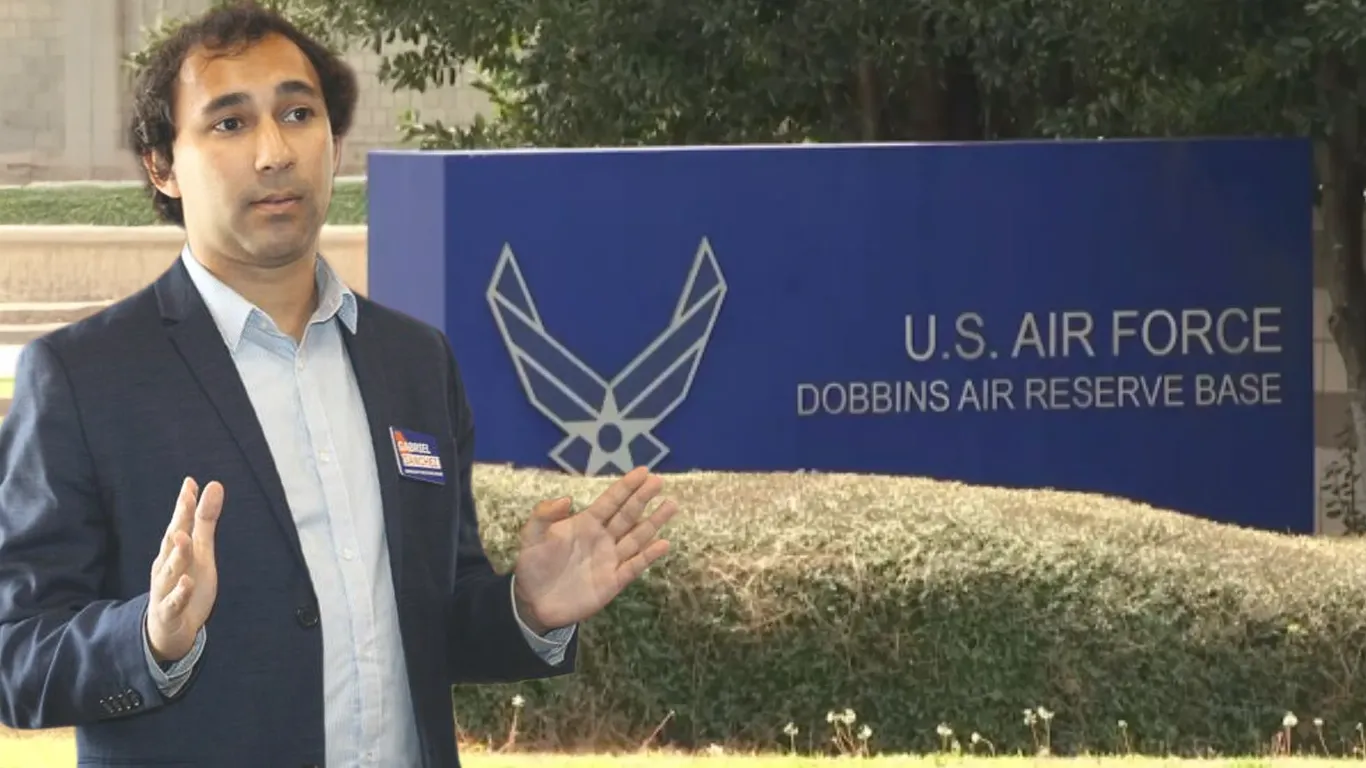The special election for State Senate District 35 is doing more than picking a winner, it has exposed a long-bubbling truth: Cobb County’s Democratic Party no longer coalesces behind one goal. In decades past, local Democrats would align quickly, rallying behind a single candidate and putting internal differences aside. Today, four competing factions use the race to signal who should lead.
The Proven Democrats: Led by Governor Roy Barnes
The faction often referred to as the “sensible Democrat guard” has rallied behind former State Representative Roger Bruce, who once represented parts of Southwest Cobb and Douglas County in the Georgia House. Many view his candidacy as a stabilizing return to old-school party politics: competent, moderate, bridge-builder.
Yet some observers find it telling, given the fact that Bruce retired from the state house after the 40th day of 2024. The implication: this wing of the Democratic bench in Cobb is weak, and their traditional sources of influence have eroded.
Supporters of this wing are longtime Democrats, moderate business folks, and former elected officials who remember the days when local party unity was a virtue, not a liability. They believe the Democrats in Cobb are best served by a candidate who can govern, not provoke.
“We need problem solvers, not headline chasers,” one Barnes-aligned strategist told Cobb Voice.
Bruce is their best available figure, a known quantity in a moment when the party’s identity feels up for grabs.
The Socialist Surge: Sanchez, WFP & the Shadow Takeover Strategy
A second faction is built around Gabriel Sanchez, who openly aligns with the Working Families Party (WFP), a national progressive network with ambitions to reshape Democratic parties from within. In New York, WFP has long worked to “take over” or significantly influence the Democratic infrastructure by endorsing and organizing insurgent candidates. (See recent WFP-backed Democratic primary sweep in several New York cities.) Times Union
That strategy now appears to be creeping into Georgia, and Cobb County in particular. The WFP is viewed by many as attempting to replicate its national model: invest in local candidates, build volunteer networks, shape messaging, and gradually pull the party leftward.
Sanchez’s campaign has accepted support from socialist and radical activist groups. His model seems to be not just to run himself, but to build a local progressive bench that can contest everything from school board races to state offices.
In SD-35, though Sanchez has not publicly endorsed a candidate yet, many see his approach as the blueprint for a longer-term takeover: plant allies, nudge ideology, and let those with patience build power.
The Rise of the Rebels: (a.k.a. ‘Rebels Without Results’)
Another faction has formed around Jaha Howard, a former Cobb School Board member who now represents the “rebels without a cause” wing of the party. This group is loud, confrontational, and more interested in symbolic struggle than coalition or governance.
Advocates of this approach relish sharp rhetoric and bold stands. But critics say Howard’s camp has repeatedly shown it cannot deliver when it matters. As political figure Erik Allen put it, Howard is “not someone who can govern”, a critique that many in local Democratic circles now use to define that wing.
“They love to fight, but they can’t lead,” one party insider said of the Howard crowd.
This faction thrives on agitation, polarization, and media spectacle, not, durable influence. Howard’s announcement shows that this is the 6th time the dentist from Smyrna, has offered himself as a candidate while ultimately only winning one time in the 2018 Cobb County Board of Education race. According to that same insider, Howard’s statement on his website seems to describe him aptly. “I’ll figure the rest out.” Showing that he does not seem to know why he is running for this office or the plethora of others that he has run for.in recent years.
The Wilkerson Faction: Education Battles, Anti-SPLOST, Loud Complaints
The fourth group, led by Representative David Wilkerson, zeroes in on local schools and infrastructure funding. Wilkerson and his allies have been among the strongest critics of the McEachern High School administration, accusing it of opacity and mismanagement. They have also opposed Ed-SPLOST, framing it as an unfair burden on taxpayers despite the program’s widespread support and proven record.
Their candidate in this race is John Williams, an Osborne-area resident who has publicly attacked the school district for “wasting taxpayer money” and “ignoring families.” The Wilkerson faction candidate, Williams, claims that he was instrumental in locating the CITA program at Osborne, a claim skeptics say ignores the more mundane logic of central geographic placement.
Though loud in numerous complaints, this faction’s ability to convert criticism into actual policy or electoral gains is questionable.
The Senate 35 Race: A Microcosm of a Party in Chaos
In SD-35, the race features Democratic candidates; Roger Bruce, Jaha Howard, John Williams and others will compete for the Democratic nomination. But rather than offering a unified front against Republicans, Cobb Democrats are splitting with each faction pushing its brand.
Bruce, backed by the old guard, appeals to those who want stability. The WFP-aligned faction offers a more radical alternative but has yet to consolidate power behind one candidate. Howard’s rebel faction adds noise but contributes little in terms of measurable outcomes. And Wilkerson-aligned actors stay focused on continuously feuding with local education bodies and other groups.
What this election reveals is not just an ideological contest, but a structural collapse of internal party discipline. No candidate carries the full weight of party machinery; no consensus emerges on messaging, obedience, or loyalty.










